In the realm of culinary craftsmanship, few techniques rival the allure of achieving flawlessly crispy skin on roasted meats. Central to this pursuit is crispy water—a traditional Chinese glaze renowned for its ability to transform humble ingredients into culinary masterpieces. This elusive mixture, often shrouded in mystery for novice cooks, is the secret behind the shattering crackle of Peking duck, the golden sheen of roast pork, and the irresistible texture of Cantonese-style barbecue. In this guide, we demystify the process of creating crispy water, exploring its ingredients, applications, and the science behind its magic.
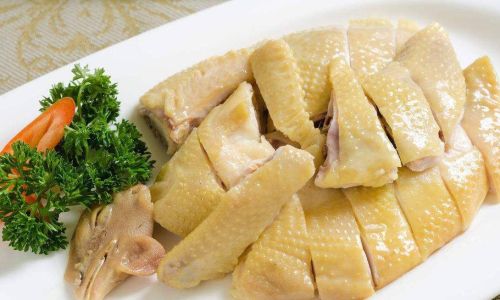
What Is Crispy Water?
Crispy water, or cuì pí shuǐ in Mandarin, is a brine-like glaze composed of water, vinegar, sugar, and aromatics. Its primary purpose is to tenderize the meat’s skin, promote even browning, and create a glass-like crust during roasting. Unlike Western mops or bastes, crispy water is applied strategically—often multiple times—to build layers of flavor and texture. The result is a contrast between succulent meat and audibly crisp skin, a hallmark of Chinese barbecue.
Key Ingredients and Their Roles
Crafting crispy water requires a balance of acidity, sweetness, and moisture. Here’s a breakdown of its essential components:
-
Vinegar: Typically rice vinegar or malt vinegar, this ingredient lowers the pH of the glaze, helping to denature proteins in the skin. This process softens tough collagen, ensuring the skin puffs rather than stiffens during cooking.
-
Maltose or Honey: A sticky sweetener like maltose (a byproduct of starch) or honey caramelizes under high heat, creating a lacquered finish. Maltose is preferred in traditional recipes for its high smoke point and ability to withstand prolonged roasting.
-
Water: Acts as the glaze’s base, diluting the vinegar and sugar to prevent overpowering flavors. It also ensures even distribution during application.
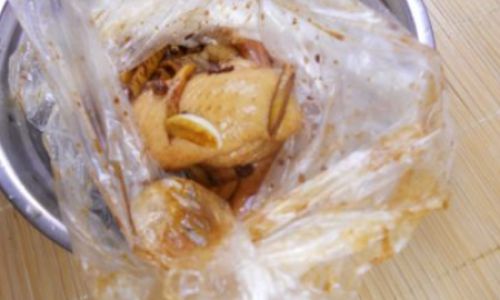
-
Aromatics: Ginger, garlic, star anise, or Sichuan peppercorns may be added for depth. These infuse the glaze with subtle fragrance without competing with the meat’s natural taste.
-
Optional Additives: Some recipes include Shaoxing wine for umami, five-spice powder for warmth, or baking soda to further tenderize the skin.
Step-by-Step Preparation
Gathering and Measuring Ingredients
Start with precise measurements to maintain equilibrium. For a standard batch:
- 1 cup water
- 2 tbsp rice vinegar
- 3 tbsp maltose (or 2 tbsp honey + 1 tbsp corn syrup)
- 1 tbsp Shaoxing wine (optional)
- 1 tsp five-spice powder (optional)
- 2 garlic cloves, crushed
- 1-inch ginger, sliced
Simmering the Glaze
In a small saucepan, combine all ingredients except maltose. Bring to a simmer over medium heat, stirring occasionally. Once fragrant (5–7 minutes), reduce heat to low and whisk in maltose until fully dissolved. Avoid boiling, as this may darken the glaze prematurely.
Straining and Cooling
Strain the mixture through a fine-mesh sieve to remove solids. Let cool to room temperature. The glaze should thicken slightly as it cools, achieving a syrupy consistency.
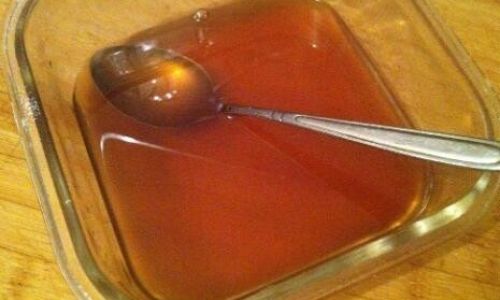
Application Techniques
The key to flawless crispy skin lies in how the glaze is applied. Follow these steps for optimal results:
-
Prepping the Meat:
- For poultry (e.g., duck, chicken): Pat the skin dry with paper towels. Use a skewer to prick the skin all over—this prevents fat from pooling and ensures even crisping.
- For pork belly or ribs: Score the skin in a crosshatch pattern, being careful not to cut into the meat.
-
Layering the Glaze:
- Apply the first coat using a pastry brush or mop, focusing on the skin. Avoid saturating the meat, as excess moisture can lead to steaming.
- Let the glaze air-dry for 20–30 minutes before applying a second layer. Repeat this process 3–4 times, allowing 15–20 minutes between coats.
-
Final Drying:
After the last glaze application, hang the meat in a cool, breezy area (or use a fan) for 1–2 hours. This step is critical—it dehydrates the skin, ensuring maximum puff during roasting.
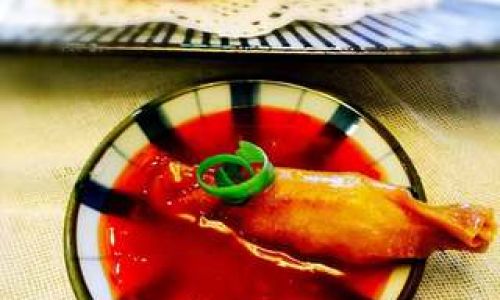
Roasting Tips for Perfect Crispiness
- Temperature Control: Roast at high heat (425–450°F/220–230°C) initially to render fat and crisp the skin. Reduce to 350°F/175°C to cook the meat through.
- Positioning: Place the meat on a rack to elevate it, allowing hot air to circulate. Use a drip pan to catch fat and prevent flare-ups.
- Timing: A 4-lb chicken may take 60–75 minutes; pork belly could require 2–3 hours. Check for an internal temperature of 165°F/74°C (poultry) or 145°F/63°C (pork).
Common Pitfalls and Solutions
- Soggy Skin: Over-glazing or insufficient drying. Stick to 3–4 light coats and ensure thorough air-drying.
- Uneven Browning: Inconsistent glaze application. Use even strokes and rotate the meat halfway through roasting.
- Burnt Glaze: High heat for too long. Monitor closely and tent with foil if browning exceeds.
Variations and Adaptations
Crispy water is incredibly versatile. Experiment with these tweaks:
- Spicy Kick: Add dried chilies or Sichuan peppercorns to the glaze.
- Citrus Zest: Infuse with lemon or orange zest for a bright finish.
- Vegan Alternative: Substitute honey with agave syrup and omit meat-based ingredients.
Cultural Significance and Dishes
Crispy water is deeply embedded in Chinese culinary heritage, appearing in festive dishes like Peking duck (北京烤鸭) and Siu yuk (crispy pork belly). Its creation reflects the balance of yīn and yáng—the vinegar’s acidity (yīn) harmonizes with the sweetness (yáng) of maltose. In modern times, chefs worldwide have adopted this technique, using it to elevate everything from turkey to tofu.
Conclusion
Mastering crispy water is a journey of patience and precision. While its preparation may seem labor-intensive, the results—a symphony of crackling skin and tender flesh—are unparalleled. Whether you’re a home cook or aspiring pitmaster, this glaze is a gateway to recreating time-honored flavors. Experiment, refine, and soon, your kitchen will echo with the satisfying crunch of culinary triumph.
Word Count: 1,055


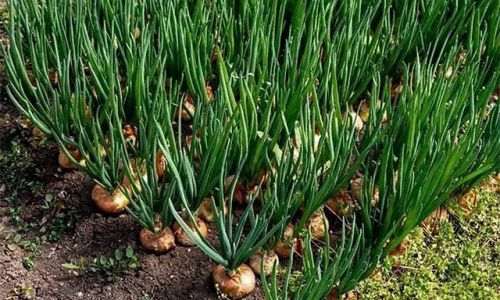
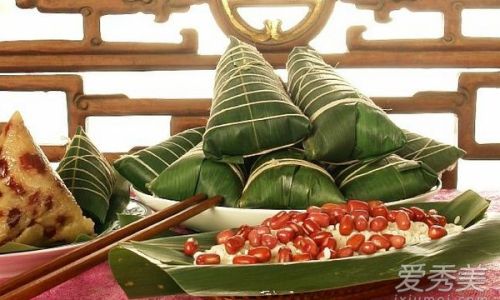
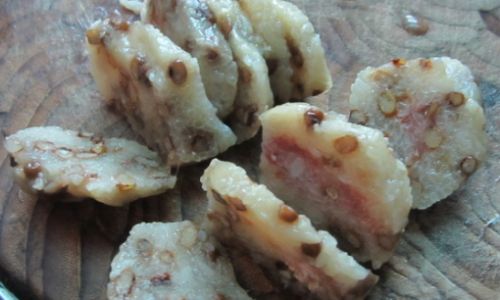
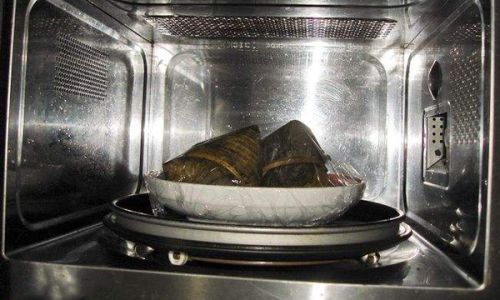
0 comments